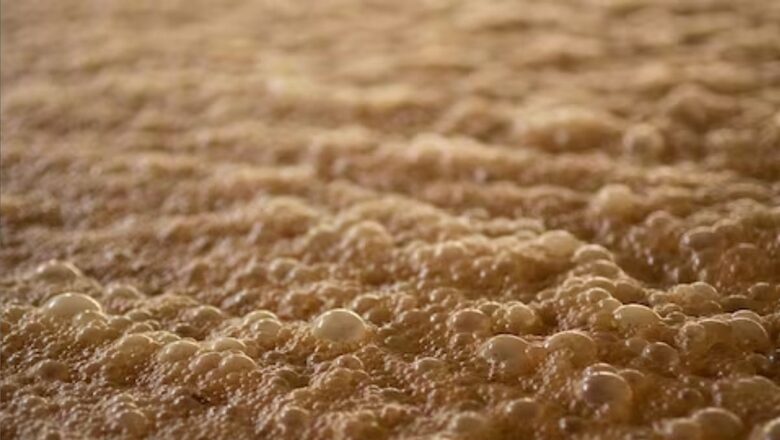
views
Natural disasters like floods and earthquakes along with man-made ones like famine have plagued civilisations for as long as history has been documented. Among man-made ones, the Chernobyl Nuclear Power Plant disaster is usually considered the biggest one to ever take place. It often overshadows lesser-known disasters like the Boston Molasses Flood, which took place in the second decade of the last century. This was the flood of molten jaggery or jaggery syrup that hit the streets of Boston, America on January 15, 1919
The day was like any other Wednesday in the city of Boston when at around 12:30 PM, the city was deafened by a huge explosion sound. In the coastal neighbourhood of North End, a sizable storage tank exploded. The tank burst, holding 2.3 million gallons of molasses, equivalent to roughly 13,000 short tonnes or 12,000 metric tonnes.
There were about 150 injuries and 21 fatalities as a result of the explosion, which sent a wave of viscous molasses hurtling through the streets at an estimated 35 miles per hour. On hot days in Boston, locals said for decades that they could still smell molasses. The event became known as the Great Molasses Flood and the Boston Molasses Disaster.
The Purity Distilling Company, located at 529 Commercial Street close to Keany Square, was the site of the explosion. Molasses discharged from ships were kept in the enormous tank until it was piped to another Cambridge facility. The molasses tank measured ninety feet in circumference and fifty feet in height. “Cylinder stress failure” was the explosion’s declared cause.
Witnesses reported hearing a roar and feeling the earth tremble as the tank fell. The sound of the molasses streaming by sounded like a long rumble, like a train passing by.
Both the Boston Post and the Boston Globe reported significant structural damage, including the tossing of a vehicle into Boston Harbour and the washing of buildings from their foundations. According to the Globe, individuals “were picked up by a rush of air and hurled many feet.”The sticky mess was cleaned up by crews using sand and salt water. The harbour reportedly stayed brown until July. A firefighter, domestic workers, labourers, and numerous kids were among the deceased. The ages of the deceased varied from 10 to 78.
It has been almost 105 years since this tragedy took place and nobody who survived the incident probably is still living but the incident has left a mark on the city for generations to come.




















Comments
0 comment